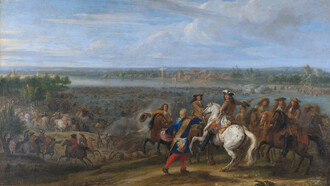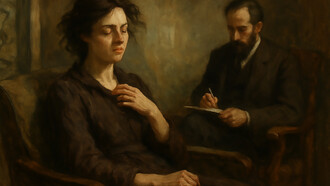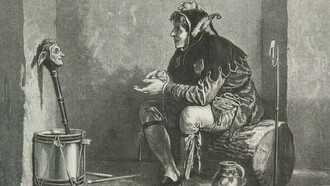At the end of the nineteenth century, when the Abyssinian ruler Menelik II stretched his empire southward and established Ethiopia's contemporary boundaries with Kenya, Sudan, and Somalia, Mursiland was first absorbed into the Ethiopian state. There are people all over the world who have chosen to keep their traditional way of life rather than being seduced by technological advances.
The Mursi's homeland is one of the nation's most remote areas since it is bounded by mountains and situated between the Omo River and its tributary the Mago. Dry grain produced from maize and sorghum is a staple food among the Mursi. They combine milk with blood drawn from a cow's neck without actually killing the animal.
A young Mursi girl gets her lower lip pierced when she is 15 or 16 years old so she may wear a lip plate. The more cattle her bride price will bring in for her father, the larger the lip plate she can accept. They start inserting wood billets into the lip, each time making them larger and more noticeable. The size of their lip plate determines how beautiful their women are. Lip plates typically measure between 4 and 25 centimetres and are constructed of clay or wood. Before the lower lip is trimmed to suit the lip plate, two or four teeth are removed to be put on the lip.
Before they can get married, the guys must pass a test. A Mursi man must confront one opponent while using a stick known as a donga. The men then engage in a fight, hitting one another with sticks. The first combatant to submit is eliminated, and the victor is put before a gathering of ladies to choose his future wife. Mursi men, especially single males, strongly respect and participate in thagine, a type of ritualized male violence. The guys conduct mild scarification on their shoulders after slaying an adversary and shave their heads in geometric designs.
Mursi celebrations feature dances, religious rites, and other festivals. They have a strong oral tradition that they use to communicate and preserve their history, intellectual understanding, and moral tales. For the Mursi, religion, and healing are closely related. A healing tradition among the Mursi also emphasizes the abilities of female healers.
The creation of the Omo National Park in the 1960s was arguably the most important early move in this approach. The Mursi have been drawn further into the market economy by better transportation, where the sale of cattle and an increase in tourists' spending power enable the Mursi to purchase goods like clothing, medicine, coffee, spices, and agricultural tools, which will require the forcible eviction and resettlement of thousands of people and fundamentally alter their environment and way of life.
Even though some Mursi have embraced Christianity, the religion of the Mursi people is categorized as Animism. Prior to the last two decades, there was no means to write Mursi, but missionaries have created both a Latin- and an Amharic-based writing system for the language.
For those who enjoy travelling, this may be another experience as they are still in existence to date.















